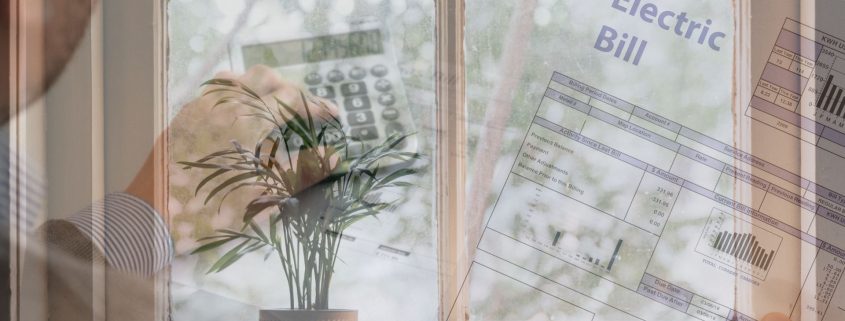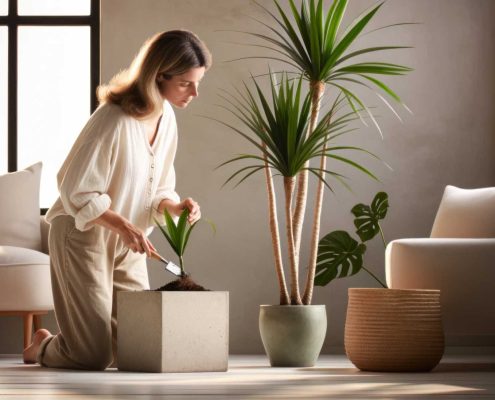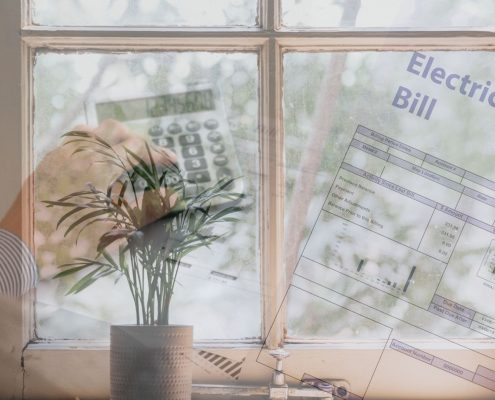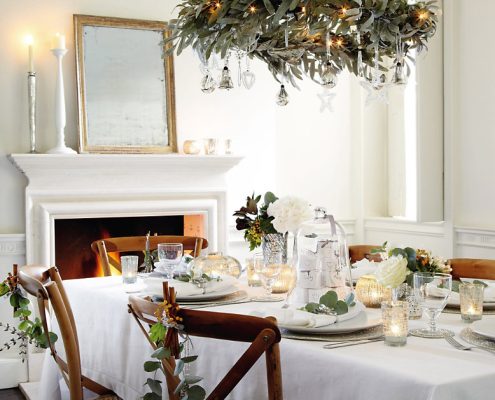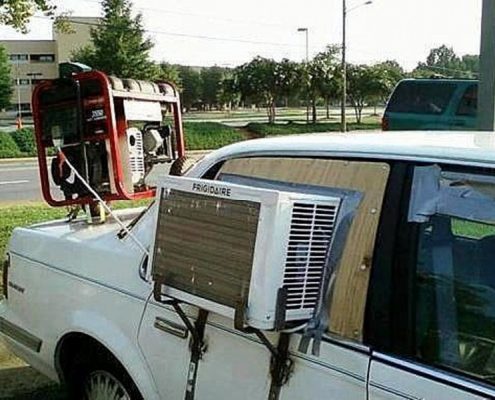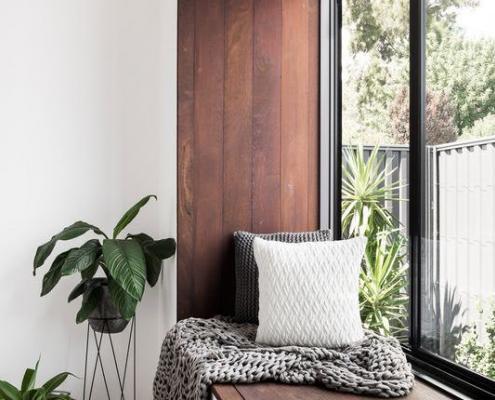Energy-efficient glazing for your home compared
With energy prices sky-rocketing, the energy-efficiency of glass in your home is an important consideration.
Windows in the average Australian home are responsible for as much as 87% of heat gain and 49% of heat loss.
Building orientation, available shade, the construction of the window frames, and the type of glass all have an impact on temperature changes in your home.
Glazing and insulation can be effective in reducing your home’s carbon footprint and increasing comfort inside it.
Our investigation here will compare efficiency — ranked from low to high — of glass options commonly available on the Australian market. This will help you make an informed decision on the best glazing option for your home to save money on your energy bills.
Low-E glass
Aptly named low-E (low-emissivity) glass is a popular choice for taming the extremes of temperature that can enter through a window.
Low-E glass uses its microscopically thin coating to reflect heat, helping your home stay cooler in summer.
A cost-effective option, low-E glass provides a significant improvement in energy efficiency compared to traditional clear glass.
Triple pane glass
Triple pane glass comprises three panes of glass. The gap between each pane is filled with a gas, such as argon.
This type of glazing will keep your house cooler in summer and reduce heat loss in cold weather. It also dampens external noise effectively.
The initial extra outlay to install triple pane glass will be justified over the long term, making it a great investment for your home. The improvement in energy efficiency and comfort is significant.
Tinted glass
Tinted glass is designed to help reduce glare and heat gain. While not on the same scale of energy efficiency as Low-E or Triple Pane glass, this is a cost-effective option and one that will noticeably improve the comfort and energy efficiency of your home.
Double glazed insulated glass
Insulated glass — specifically double glazing with gas, such as argon, between its two panes of glass — will improve energy efficiency and comfort for you and your family.
More consistent temperatures can be maintained in the home, heat loss is reduced, and external noise is effectively dampened.
Factor cost-effectiveness into this option and it’s easy to see why insulated glass is such a popular choice for Australian homeowners.
Smart glass
Smart glass is a more recent technology. At the touch of a button, you can switch your smart glass from clear to opaque to control the amount of light and heat that enters your home.
This technology is more expensive than other glass options but it offers a significant improvement in energy efficiency. Smart glass is a great investment for your home.
In conclusion
Cost, energy efficiency, and performance are the important factors to consider when choosing the right glass option for your home.
All the glass options discussed above offer different levels of energy efficiency, however, they all provide a noticeable improvement in energy efficiency over traditional clear glass.
Get a quote on energy-efficient glazing for your home. Contact GlassNow today.

